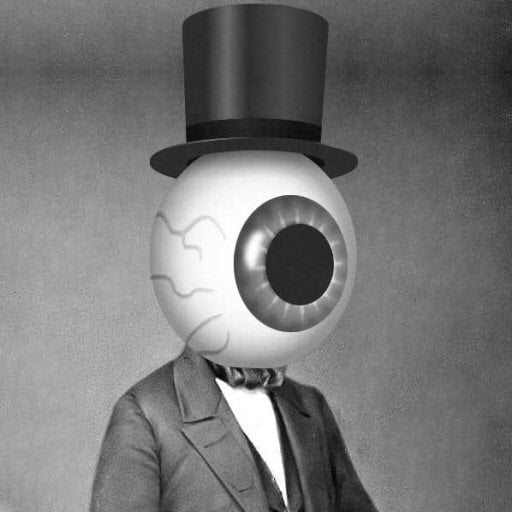Makes perfect sense. A lighter is the very long used flint and steel with a container of fuel attached. Matches are a a much more complex product of chemistry.
Except the lighter in the link doesn’t use flint or steel, it uses zinc and sulfuric acid to produce a supply of hydrogen, then it uses a platinum sponge to catalyze the hydrogen to react with oxygen and produce a flame.
I feel like Calvin in the comic with the bridge.
Gunpowder…?
From your link:
Döbereiner’s lamp, also called a “tinderbox” (“Feuerzeug”), is a lighter invented in 1823 by the German chemist Johann Wolfgang Döbereiner.
From the “match” article:
The first modern, self-igniting match was invented in 1805 by Jean Chancel, assistant to Professor Louis Jacques Thénard of Paris.
The lighter is based on the Fürstenberger lighter (invented in Basel in 1780
All I’m saying is that OP didn’t make a very good link to demonstrate their TIL. The thing they linked isn’t the thing that was invented before matches, and the page also doesn’t even say when matches were invented.
That page doesn’t exist.
The dead link is from Wikipedia. An author is requesting the community to make a page about it.

Indeed, and there is this:
https://en.wikipedia.org/wiki/Glossary_of_firelighting
Döbereiner’s lamp
Main article: Döbereiner's lamp A lighter invented in 1823 by German chemist Johann Wolfgang Döbereiner. It is based on the **Fürstenberger lighter**, and was in production until circa 1880. Zinc metal reacts with sulfuric acid in its jar to produce hydrogen gas. When a valve is opened, a jet of hydrogen is released and bursts into flame. The ignition is catalyzed by platinum metal.
I don’t know why we’re not linking directly to the Lighter Wikipedia page, but this lamp design is by no means the first mechanical lighter. https://en.wikipedia.org/wiki/Lighter



